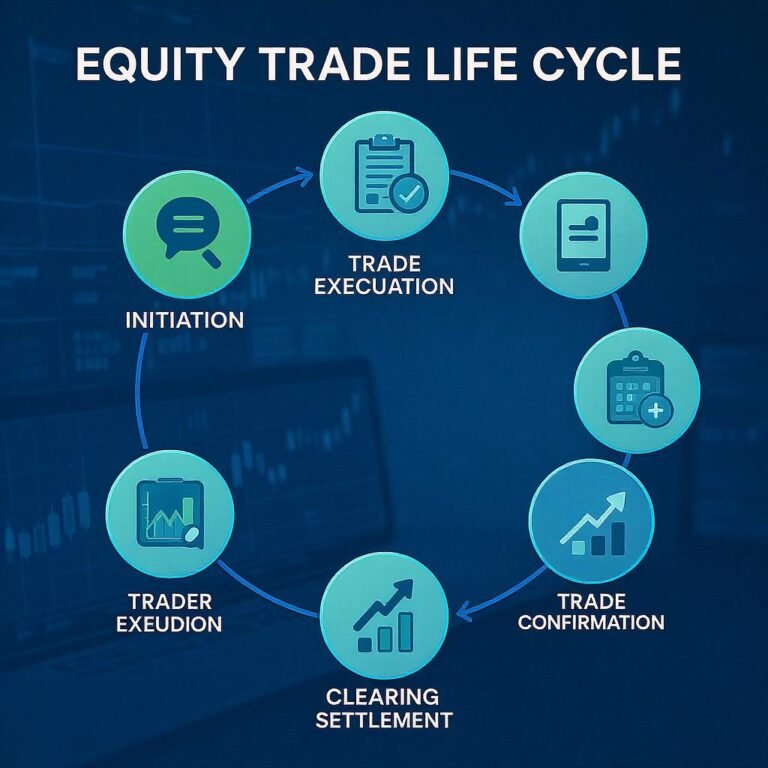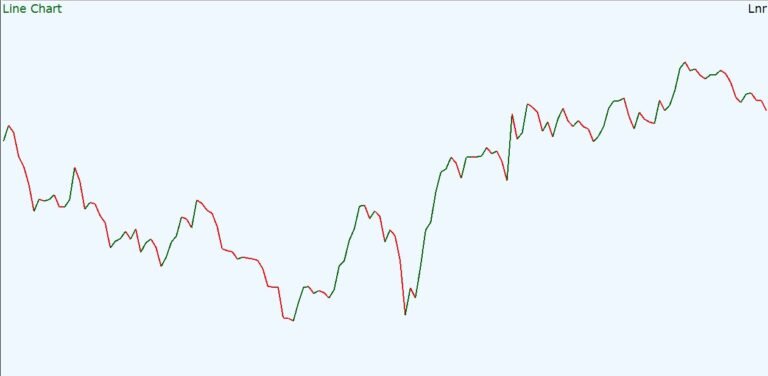
Technical indicators are mathematical formulas or visual tools used in technical analysis to interpret past market data—mainly price, volume, and sometimes open interest—to forecast future price movements. They help traders make decisions by identifying trends, momentum, volatility, and market strength based on historical data.
🧰 Types of Technical Indicators:
1. Trend-Following Indicators
Show whether an asset is in an uptrend, downtrend, or sideways movement.
- Moving Averages (MA) – Smooth out price to show direction.
- Purpose: Smooths price data to identify trends.
- Types:
- SMA (Simple Moving Average) – Straight average over a set period.
- EMA (Exponential Moving Average) – More weight on recent prices.
- Common setups: 20-day for short term, 50-day & 200-day for long-term trends.
2. Momentum Indicators
Measure the speed and strength of a price move.
- RSI (Relative Strength Index) – Indicates overbought (>70) or oversold (<30) levels.
- Range: 0–100.
- >70 = Overbought (possible pullback), <30 = Oversold (possible rebound).
- Measures strength of price momentum.
- Stochastic Oscillator – Compares current price to a recent range.
- Measures momentum and price relative to a range.
- Similar to RSI; shows overbought/oversold conditions.
3. Volatility Indicators
Show how much the price fluctuates over time.
- Bollinger Bands – Bands expand/contract with volatility.
- Setup: A moving average + upper/lower bands (based on volatility).
- Uses: Price near upper band = potential resistance; lower band = support.
- ATR (Average True Range) – ATR (Average True Range) is a technical indicator that measures market volatility—specifically, how much an asset typically moves (up or down) during a given time period.
- High ATR = High Volatility(The price is making large moves in either direction.)
- Low ATR = Low Volatility(The price is moving in a narrow range.)
- 📌 Important: ATR does not indicate direction (bullish or bearish). It only shows how much the price is fluctuating.
4. Volume-Based Indicators
Use trading volume to confirm price movements.
- OBV (On-Balance Volume) – OBV (On-Balance Volume) is a volume-based technical indicator that helps confirm the strength or weakness of a price trend. It does this by tracking cumulative buying and selling pressure based on volume flow. It shows whether volume is flowing into or out of an asset:
- Rising OBV = Buying pressure → bullish signal
- Falling OBV = Selling pressure → bearish signal
- The key idea is: “Volume precedes price.”
So, if OBV rises while price stays flat, a price breakout may follow.
- Volume Moving Average – The Volume Moving Average (VMA) is a technical indicator that calculates the average trading volume over a specific number of periods. It helps smooth out short-term volume fluctuations to highlight longer-term trends in trading activity.
- High volume above VMA = Strong conviction (often confirms breakouts or trend strength)
- Low volume below VMA = Weak conviction (price moves may lack support)
- It’s typically plotted as a line on a volume chart alongside bar volume.
- Simple VMA (SMA Volume): Equal weighting for each period
- Exponential VMA (EMA Volume): More weight on recent volume
- Common periods: 10-day, 20-day, or 50-day averages.
🎯 What They Help Traders Do:
- Spot Trends (e.g., moving averages)
- Time Entries/Exits (e.g., RSI, MACD crossovers)
- Set Stop-Loss or Take-Profit Levels (e.g., ATR, Bollinger Bands)
- Confirm Market Strength (e.g., volume indicators)
⚠️ Limitations:
- Indicators lag price because they’re based on past data.
- They are not predictive by themselves—best used with other tools and good risk management.
🧠 Summary:
| Indicator | Purpose | Type |
|---|---|---|
| Moving Averages | Identify trend direction | Trend-following |
| MACD | Spot trend changes, momentum | Momentum |
| RSI | Find overbought/oversold | Momentum |
| Bollinger Bands | Gauge volatility extremes | Volatility |
| Volume | Confirm trends | Volume-based |
| Stochastic Osc. | Similar to RSI | Momentum |



